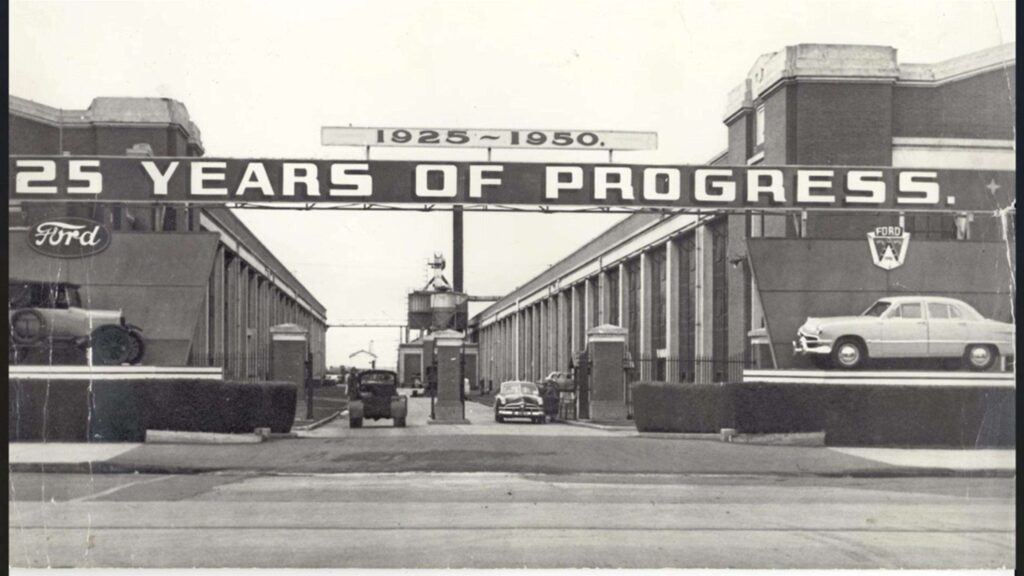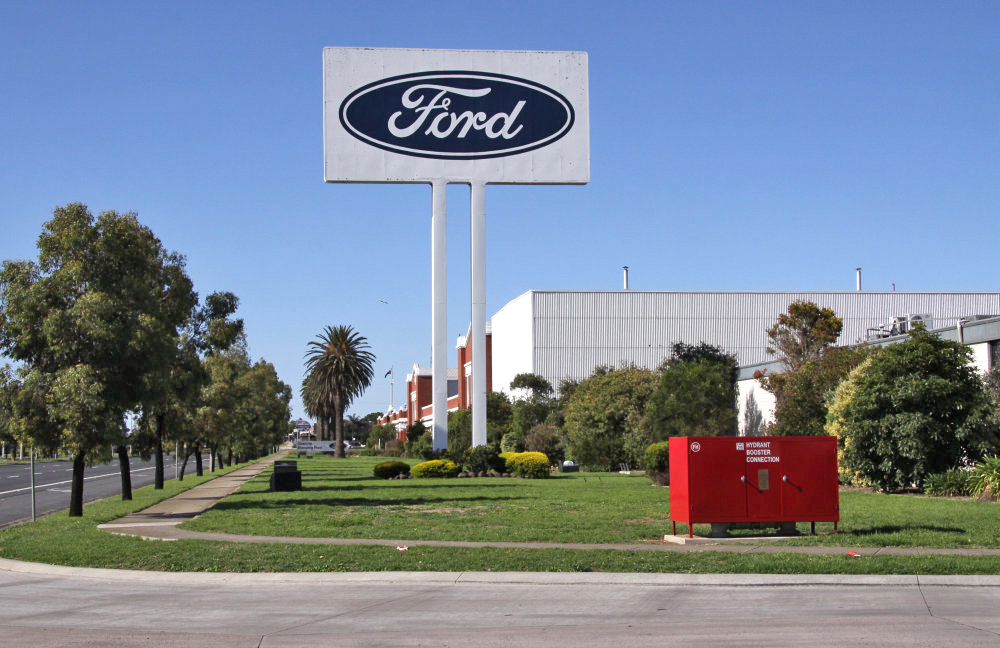Apart from the Ford name, what does an Aussie-built Model T Ford and the latest Thai-built Ford Ranger ute have in common?
The heritage of both cars can be traced to Victoria’s second largest city, Geelong.
The City of Greater Geelong is celebrating Ford Australia’s 100th anniversary and the more than 4 million vehicles it produced over the years with a new exhibition at the at the National Wool Museum this month it calls ‘100 Years of Ford in Geelong: The Cars, The People and The Local Legacy’.

Ford Australia was established in Geelong, thanks to the city’s port and rail infrastructure, ready workforce and available land in 1925.
The manufacturer, an offshoot of Ford in Canada, was set up in Geelong’s Dalgety Wool Store until its larger factory in Norlane soon after.
While Ford Australia’s headquarters moved to Broadmeadows in 1959, with a much bigger assembly plant in preparation for the introduction of the iconic Ford Falcon the following year, Ford has maintained its presence in Geelong.
Until the end of local car production, it stamped panels for the Falcon range and, later, the Ford Territory, and built engines for a host of vehicles including the Falcon and Territory.
Ford also opened a proving ground in the You Yangs, north of Geelong, in 1965, which still operates under Ford’s Norlane-based Research and Development Centre.
While the days of building Australian Fords are gone, Ford Australia remains an international design and engineering centre, contributing the styling and chassis for the tough-as-nails Ford Ranger and Everest range that are built in Thailand.
Ford still employs around 1200 people in Australia, many in the Geelong area.

The 100 Years of Ford event will include a screening of archival films, and archive display and a panel discussion that celebrates Ford’s and Geelong’s shared history.
After all, Ford’s ongoing sponsorship of the city’s AFL team, the Geelong Cats, is believed to be the world’s oldest professional sporting sponsorship.
The car-maker’s history includes the creation of the first couple utility, the familiar utes we still see today, in 1934, in response to a Victorian farmer’s wife who asked for a vehicle that could carry she and her husband in comfort to church on Sunday and carry their pigs to market on Monday.
One was sent to Ford headquarters in Detroit the following year, where a delighted Henry Ford dubbed it a “kangaroo catcher”. The Ford F-150 ute is that nation’s biggest selling car today.
Ford turned out a host of military vehicles during World War II, and turned the first US-based Falcons into an Australian best-seller through robust engineering, motor racing success and, from 1972, an all-local design.
That legacy of innovation led it to create the Territory SUV, which was based on a concept vehicle developed for the Melbourne motor show.
It’s almighty Barra six-cylinder engine, built in Geelong, are sought after by car enthusiasts around the world, including some that aren’t even Fords at all.
100 Years of Ford in Geelong: The Cars, The People and The Local Legacy
When: Saturday May 24 and Sunday May 25, 1pm to 3pm
Where: National Wool Museum, 26 Moorabool Street, Geelong

